Guinomis – Sago, Pinipig and Gulaman in Coconut Milk
As an Amazon Associate and member of other affiliate programs, I earn from qualifying purchases.
I excitedly dipped my dessert spoon into the little 2-inch tall shot glasses filled with layers of Guinomis — Sago balls in Gulaman with rice Pinipig and Coconut milk. It was after all mid-day back in the USA, Eastern Standard Time but I had just landed in warm, humid, tropical Manila, and it was nearly midnight, 12 hours ahead of EST. My belly did not discriminate time zones. I happily stirred, scooped and slurped this ice-cold Filipino beverage snack I had missed for so long.
We were at Via Mare, a well-known restaurant in Manila which offered traditional Filipino cuisine. It was always our go-to place for merienda snacks between meals and where we could get good Filipino favorite dishes like pancit, lumpia, or crisp adobo flakes. I was alert and energized even after a long 20-hour flight when my plane landed in the Philippines. My family picked me up at the airport and the first thing I told them was that I was thirsty and hungry. Fortunately, one of my favorite Manila restaurants was still open at 12 midnight and the first thing I ordered was guinomis.
It is also spelled “guinumis“, defined as a cold refreshment similar to the halo-halo and made of cubed gulaman (the Filipino gelatin made of seaweed), toasted pinipig (pounded rice grain), coconut milk, sago, syrup flavored with pandan and crushed ice.
Filipinos enjoy guinomis for merienda, the afternoon snack– or any snack between meals day or night. Filipinos love “merienda”. To skip it is unthinkable for most people. It is our counterpart of the ‘afternoon tea’ or the coffee break. There is that mindset in Filipino culture, that you always need “something in your belly” to tide you over till the next real meal.
Anyway, back here in my kitchen at home in America, it was a sweltering summer day and I longed for something ice-cold. I searched my pantry for ideas and I found enough ingredients to put together chilled glasses of guinomis for our family. The bottled sago was already pre-boiled so that cut down cooking time. I only had to make the gulaman and pandan syrup which was not labor intensive at all.
I’ve mentioned in my Sago at Gulaman blog post that sago are small, round starchy balls from the palm. For this recipe, I used cooked, bottled sago usually sold at Asian or Filipino food stores in America.
Gulaman (say “gooh-lah-man”) is known as agar-agar and is the Filipino counterpart of gelatin. Filipinos are familiar with gulaman as a solid, foot-long bar of dried seaweed used in desserts.
Once everything was ready, I watched the bright red, cubed gulaman pieces tumble down the parfait glass. Next, the gummy, chewy sago balls slid down and landed on the layer of gulaman chunks. The crisp pinipig was the next layer sprinkled around. Then I poured the sweet, thick pandan syrup. Lastly, I topped it all with crushed iced and poured the coconut milk. My long spoon dived in and stirred the layers together, making a clinking sound on the sides of the tall glass. I could hardly wait to sip and savor the first spoonful of guinomis. The almond-like flavors from the pandan and the sweetness of the coconut milk instantly made me think of Manila, midnight arrivals at airports, sweltering-hot tropical weather and ultimately, home sweet home.
How Guinomis is served in Manila. I took this photo below at Via Mare Restaurant.
Guinomis - Sago, Pinipig and Gulaman in Coconut Milk
Ingredients
- 2 pieces gulaman bars
- 4 cups water to cook gulaman
- 1/4 cup granulated sugar for gulaman
- 2 pieces palm sugar discs (panocha) or use 1 1/2 cups brown sugar
- 2 1/2 cups water to make syrup
- 4 pieces pandan leaves each tied in knots (screwpine) leaves, fresh or frozen
- 1 cup boiled sago
- 1/2 cup pinipig pounded young rice grains
- 2 cups crushed ice enough to fill 2-4 glasses
- 1 1/2 cups coconut milk canned or fresh
Instructions
- Make the gulaman: In a rectangular-sized, deep container, soak the gulaman bars with water for 30 minutes. When gulaman bars have softened, pour the water in a medium-sized stockpot. Cover and bring the water to a boil. As water is boiling, tear off pieces of the gulaman and add to the stockpot. Stir till the gulaman dissolves completely. Add sugar to gulaman. Pour the cooked gulaman in a rectangle or square container. Refrigerate for at least 40 minutes. When the gulaman hardens, cut into cubes and set aside.
- Make the syrup: combine the palm sugar discs (panocha), water and pandan leaves each tied in a knot in a medium-sized stockpot. Bring to a boil and then lower to a simmer. Stir and make sure the palm sugar is completely dissolved. The syrup will become thick and have a floral fragrance from the pandan. Turn off heat and set syrup aside.
- To assemble: In 8-ounce parfait glasses, place layers of gulaman, sago, rice pinipig, syrup. Repeat layers in the same order leaving space for the crushed ice. Add crushed iced on top. Pour about 1/8 cup of coconut milk or more into each glass over the ice.
- Serve chilled.
- Cook's Comments: I used frozen pandan leaves for this recipe. If fresh or frozen pandan are not available, I use liquid pandan flavoring to add to the syrup. If I cannot find panocha or palm sugar solid discs, I use regular palm sugar or brown sugar and the dessert is just as sweet and delightful. Sago are available in both small and large balls. They are either cooked and bottled or sold uncooked which you simply boil in water till the whites are fully gone and leaves a soft, gummy sago ball.
- Ingredient notes: Panocha or the palm sugar discs are defined by the cookbook as raw, unrefined sugar that comes in granulated form or in molded cakes.
- Kulinarya: A Guidebook to Philippine Cuisine (Expanded Second Edition, Anvil Publishing) This is one of the best Philippine cookbooks around that is a great resource for beginner home cooks or the formally-trained culinary expert. The book, through the Asia Society brings together six of the Philippine's most prominent chefs: Glenda Barretto, Claude Tayag, Conrad Calalang, Margarita Fores, Myrna Segismundo, and Jessie Sincioco with full color photographs by Neal Oshima. The renowned chefs share their talents, passion and knowledge of Philippine cuisine to provide readers a better understanding and appreciation of the culture and country through a wide range of classic recipes. The second expanded edition follows the success of the Kulinarya Guidebook. This cookbook provides the necessary information for cooking methods and great practices for Filipino Cuisine. Kulinarya is available where most cookbooks are sold and at online sources (see my Amazon affiliate line up of products used for this recipe).
- Disclosure: This cookbook was a gift from Tuttle Publishing. I was not paid to do a review or cook from it. But I will gladly recommend it as a resource for classic Filipino recipes.
- Hello, Friends! All the images and content on this blog are COPYRIGHT PROTECTED and owned by my media company Besa-Quirino LLC. This means BY LAW you are NOT allowed to copy, scrape, lift, frame, plagiarize or use my photos and recipe content I wrote, on your website,books, films, television shows or videos without my permission. If you want to republish this recipe or content on another website, video or news article,or media outlets mentioned above please ASK my permission, re-write it in your own words and simply link back to this blog to give proper attribution. It’s the legal thing to do. Thank you. Email me at [email protected]
- Disclosure: As a participant in the Amazon Affiliate program, some blog posts contain links to products used in the recipe and sold on Amazon. The price stays the same for the readers who wish to purchase these products on my links. I earn a small commission from Amazon which helps maintain the blog expenses. Thanks in advance for your support.
Nutrition
Notes on Nutrition: The nutrition information provided is an estimate and will vary based on cooking methods and specific brands of ingredients used.
Did you like this recipe? I have more classic recipes inspired by my late mother’s cooking in my popular cookbook: My Mother’s Philippine Recipes. If you’re learning how to cook Filipino food or a fan of Philippine cuisine, buy my cookbooks and books on Amazon.com sold worldwide in paperback and Kindle format.
Hello, Friends! Please DO NOT LIFT OR PLAGIARIZE my original recipe, stories, photos or videos. All the images and content on this blog are COPYRIGHT PROTECTED and owned by my media company Besa-Quirino LLC. This means BY LAW you are NOT allowed to copy, scrape, lift, frame, plagiarize or use my photos, essays, stories and recipe content on your websites, books, films, television shows, videos, without my permission. If you wish to republish this recipe or content on media outlets mentioned above, please ASK MY PERMISSION, or re-write it in your own words and link back to my blog AsianInAmericaMag.com to give proper attribution. It is the legal thing to do. Thank you. Email me at [email protected]

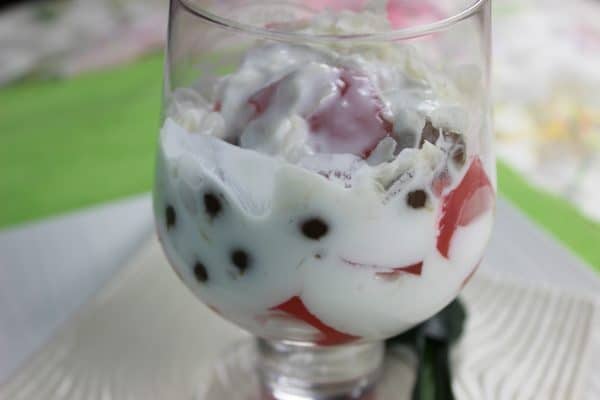

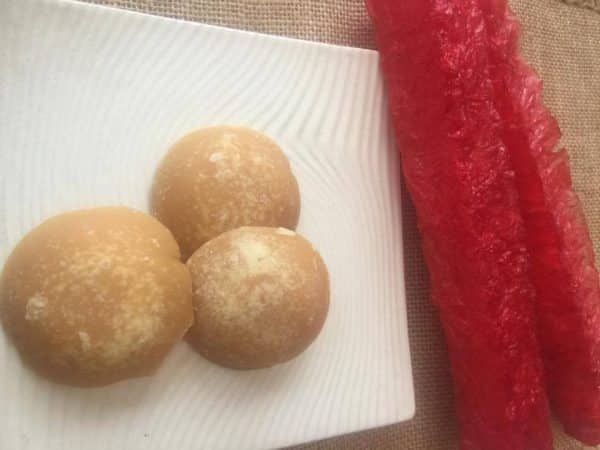
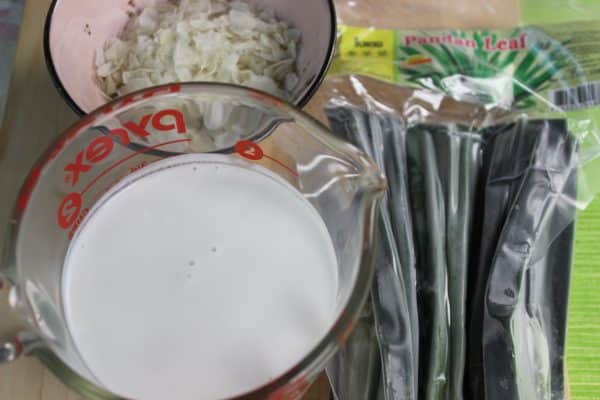
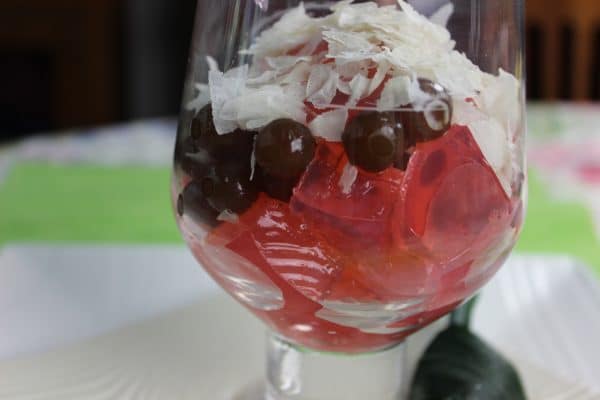
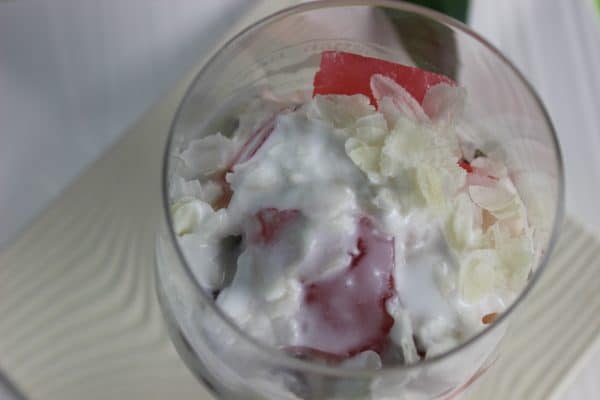
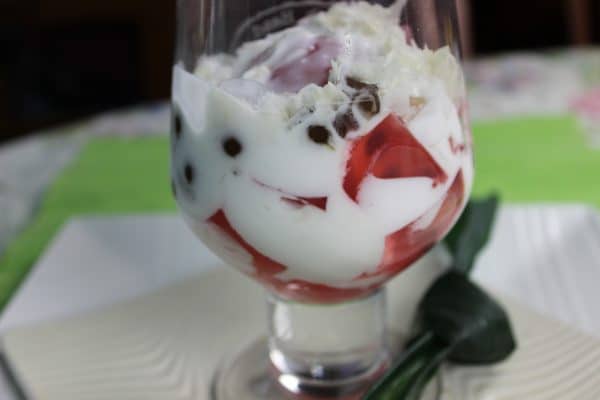
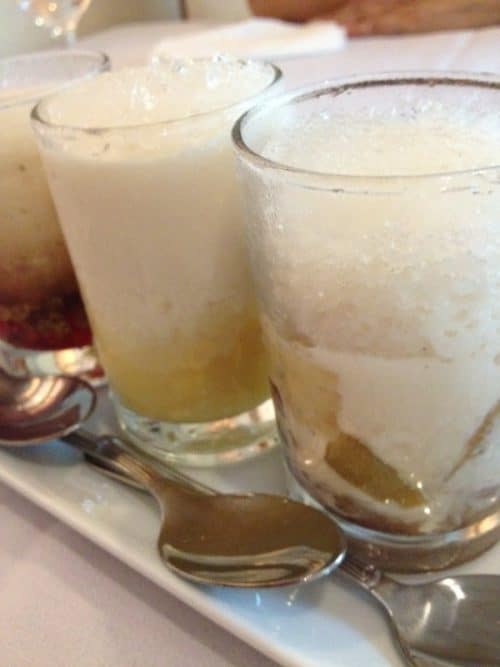
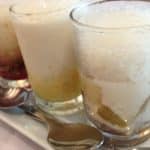
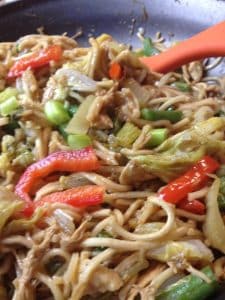
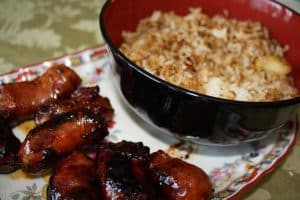
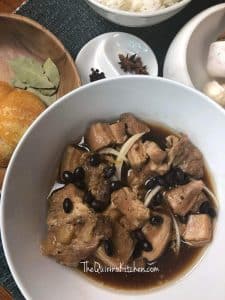
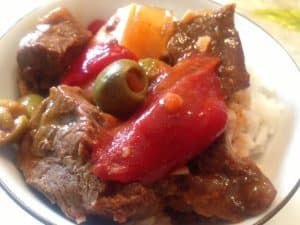
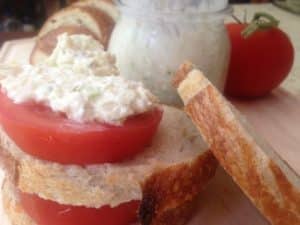

One Comment